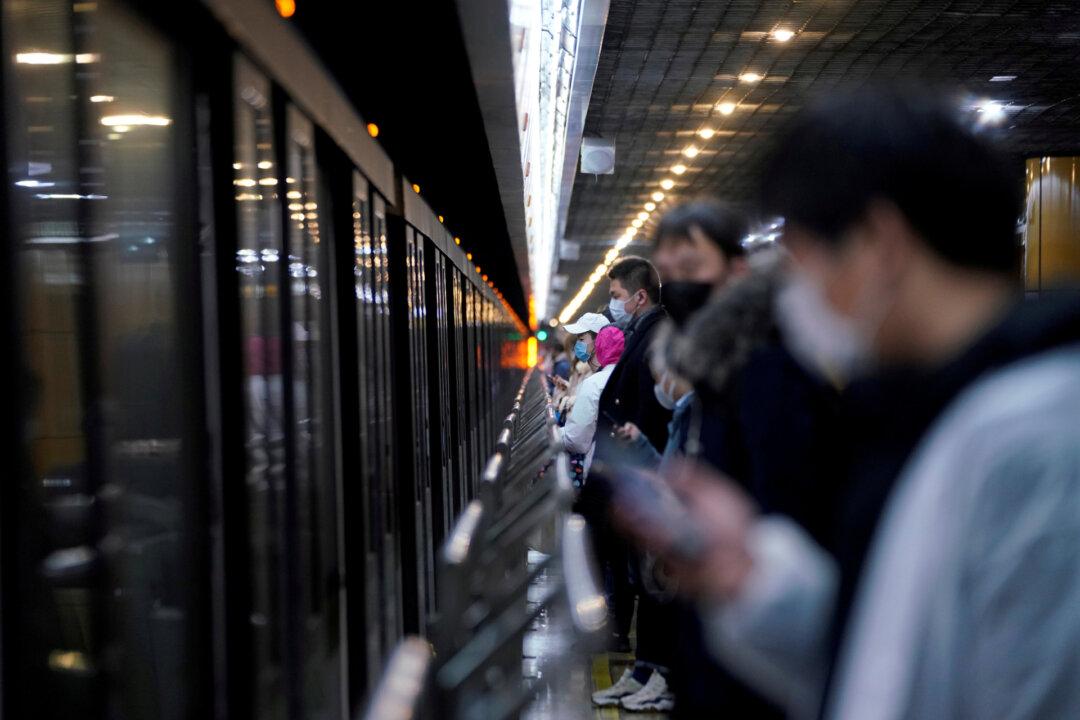Conflicting numbers of new coronavirus cases reported by two Chinese regional authorities on Feb. 20 drew confusion and have raised further questions about the reliability of data on the outbreak from the Chinese regime.
According to China’s National Health Commission, virus epicenter Wuhan City, the capital of Hubei Province, recorded 615 new confirmed cases on Thursday—hundreds more than the total additional cases reported by the province itself, which reported only 349 cases.





